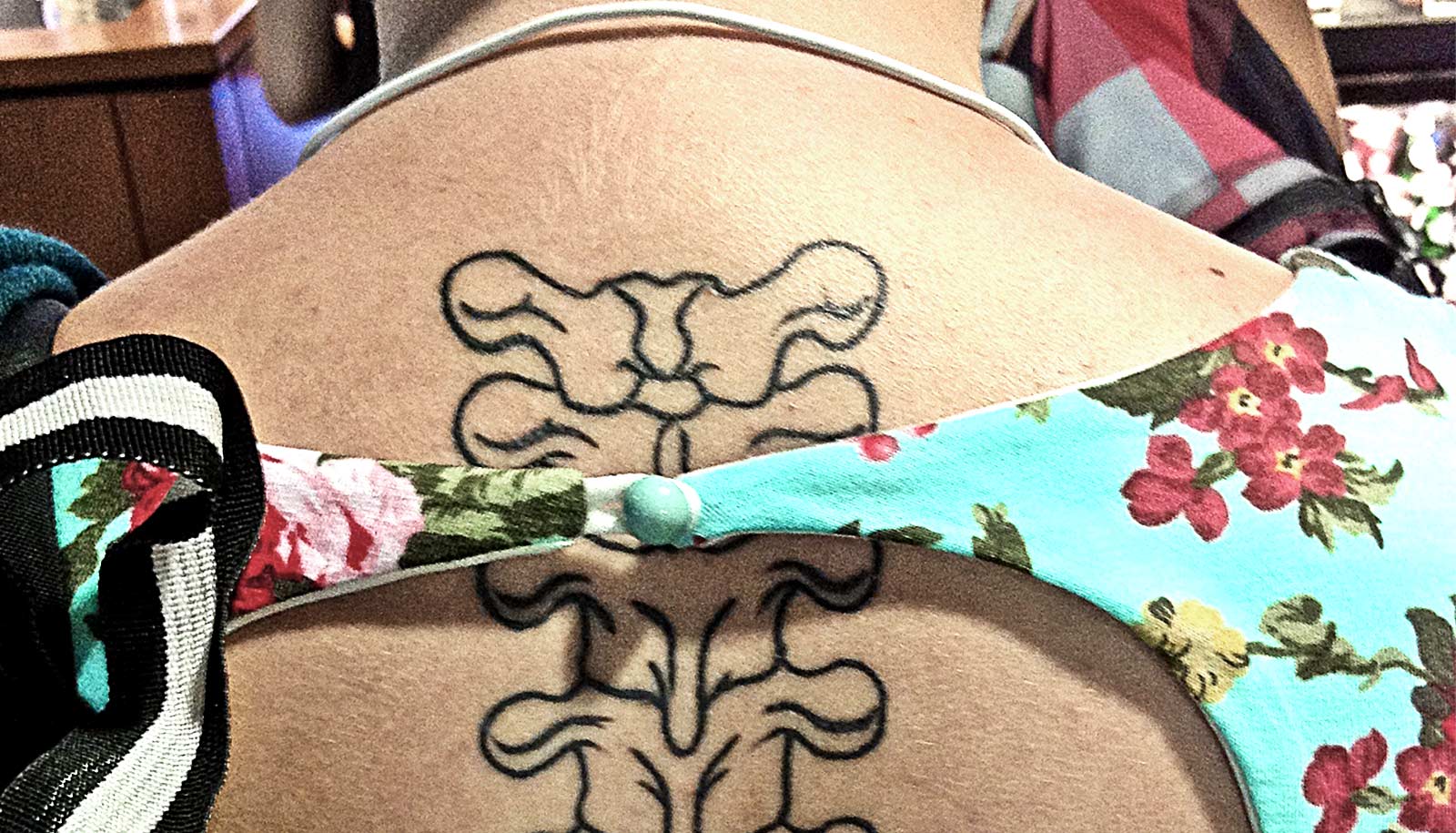Intravenous injection of bone marrow derived stem cells in patients with spinal cord injuries led to significant improvement in motor functions, according to anew study.
For more than half of the patients, researchers observed substantial improvements in key functions—such as ability to walk, or to use their hands—within weeks of stem cell injection with no reported side effects.
The patients had sustained non-penetrating spinal cord injuries, in many cases from falls or minor trauma, several weeks prior to implantation of the stem cells. Their symptoms involved loss of motor function and coordination, sensory loss, as well as bowel and bladder dysfunction.
The researchers prepared the stem cells from the patients’ own bone marrow, via a culture protocol that took a few weeks in a specialized cell processing center. They then injected the cells intravenously in this series, with each patient serving as their own control. Results were not blinded and there were no placebo controls.
Senior authors Jeffery D. Kocsis, professor of neurology and neuroscience, and Stephen G. Waxman, professor of neurology, neuroscience, and pharmacology, both at Yale University, stress they will need to do additional studies to confirm the results of this preliminary, unblinded trial. They also stress that this could take years. Despite the challenges, they remain optimistic.
“Similar results with stem cells in patients with stroke increases our confidence that this approach may be clinically useful,” Kocsis says.
“The idea that we may be able to restore function after injury to the brain and spinal cord using the patient’s own stem cells has intrigued us for years,” Waxman says. “Now we have a hint, in humans, that it may be possible.”
The study appears in the Journal of Clinical Neurology and Neurosurgery.
Osamu Honmou and Masanori Sasaki, key investigators from Sapporo Medical University in Japan who contributed to the work, both hold adjunct professor positions in neurology at Yale.
Source: Yale University



